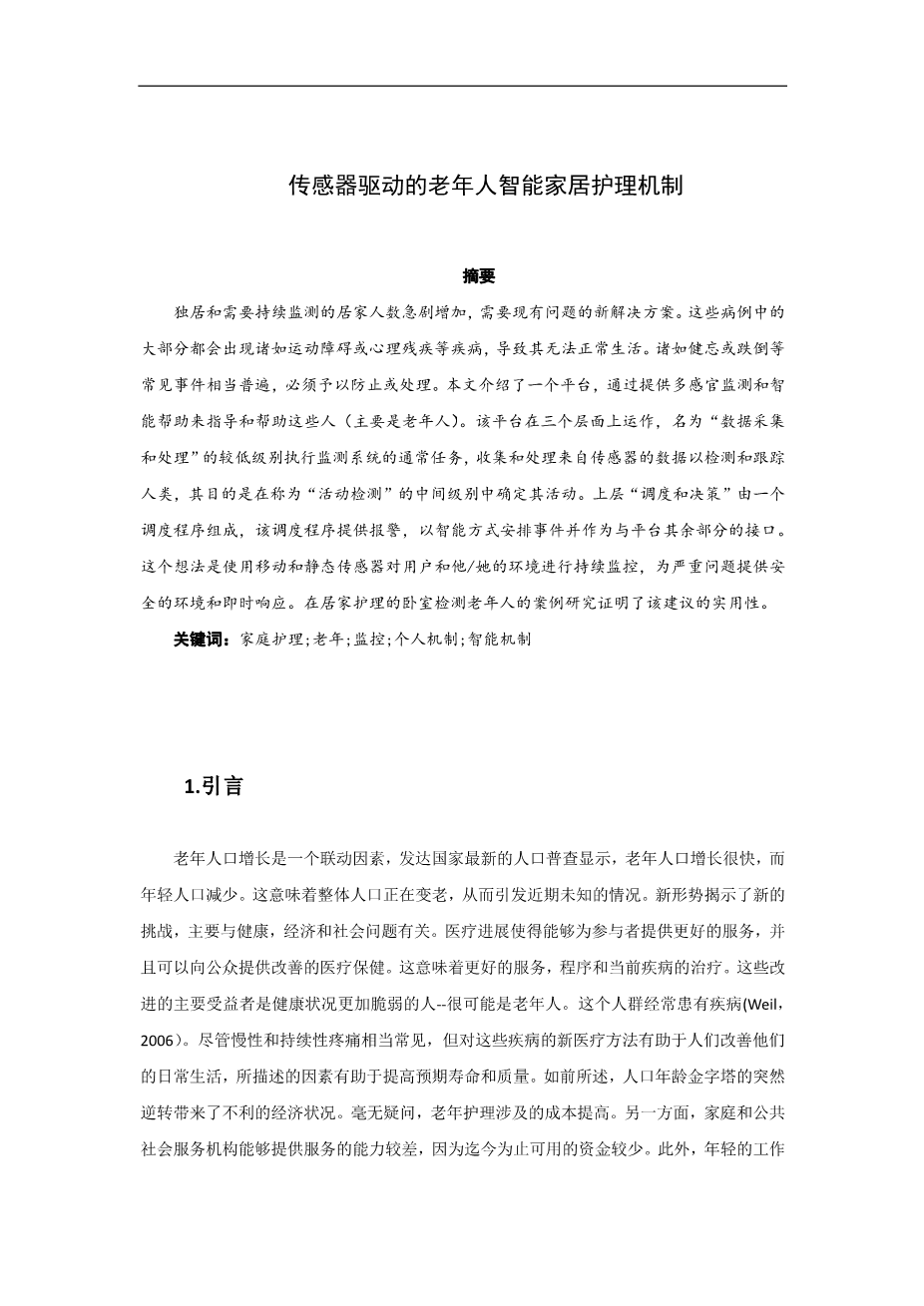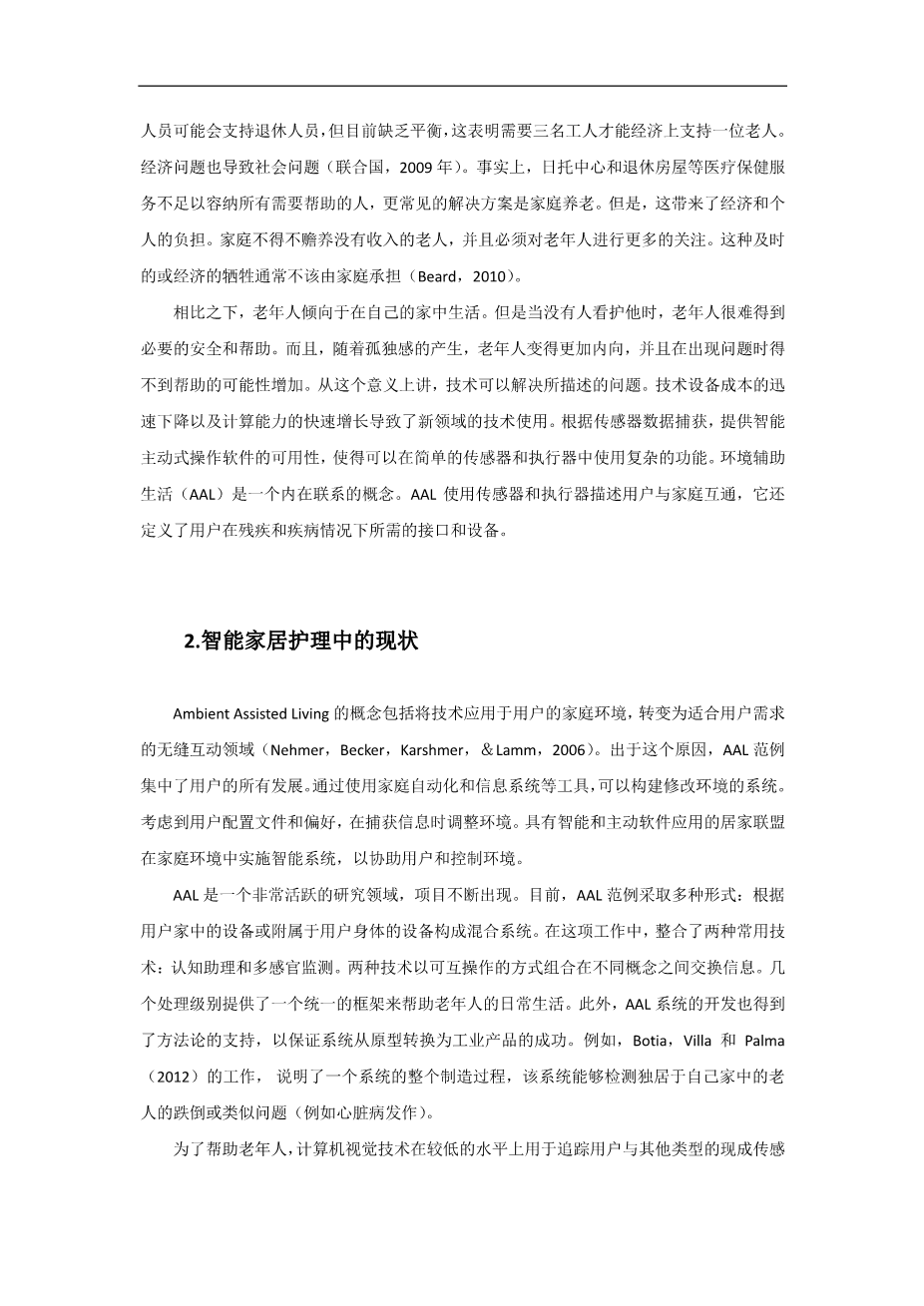Sensor-driven agenda for intelligent home care of the elderly
Abstract
The exponential increase of home-bound persons who live alone and are in need of continuous monitoring requires new solutions to current problems. Most of these cases present illnesses such as motor or psychological disabilities that deprive of a normal living. Common events such as forgetfulness or falls are quite common and have to be prevented or dealt with. This paper introduces a platform to guide and assist these persons (mostly elderly people) by providing multisensory monitoring and intelligent assistance. The platform operates at three levels. The lower level, denominated “Data acquisition and processing” performs the usual tasks of a monitoring system, collecting and processing data from the sensors for the purpose of detecting and tracking humans. The aim is to identify their activities in an intermediate level called “activity detection”. The upper level, “Scheduling and decision-making”, consists of a scheduler which provides warnings, schedules events in an intelligent manner and serves as an interface to the rest of the platform. The idea is to use mobile and static sensors performing constant monitoring of the user and his/her environment, providing a safe environment and an immediate response to severe problems. A case study on elderly fall detection in a nursery home bedroom demonstrates the usefulness of the proposal.
Keywords: Home care; Elderly; Monitoring; Personal agenda; Intelligent agents
1. Introduction
Elderly population growth is a concerning situation. The latest census collected in developed countries show that elderly population is increasing very fast, whilst on the contrary younger population is decreasing. This means that the overall population is getting older, thus triggering scenarios that were unknown in the recent past. The new situation reveals new challenges, mostly related to health, economy and society issues. Medical advances permit the providence of better services to the attendants, as well as the availability of an improved health care to the general public. This translates to better services, procedures and cures to current illnesses. The main beneficiaries of these improvements are persons – most likely elderly persons – whose health condition is more fragile. This population group frequently suffers from illnesses; and severity is more intense than in younger persons (Weil, 2006). Although chronic and constant pain are quite common, new medical approaches to these diseases help people in improving their daily life. The described factors contribute to an increased life expectancy and quality. As aforementioned, the abrupt reverse of the population age pyramid brings adverse economical situations. There is no doubt that costs involved in elderly care are elevated. On the other hand, families and public social care are less able to provide services as less money is available to date. Moreover, young working people might support persons in retirement, but currently there is a lack of balance, revealing that about three workers are needed to economically support a single elderly person. The economic problems also lead to social problems (United Nations, 2009). Indeed, health care services, such as daycare centers and retirement houses, are insufficient to accommodate all the needy persons. A more familiar solution is to look after a person at his/her relatives’home. But, this carries an economic and personal burden. The family has to support one more person who normally makes little money as income and much attention has to be spent on the elderly. Such timely or economic sacrifices are usually not assumable by the families (Beard, 2010).
In contrast, elderly persons tend to prefer living at their own homes. But it is difficult to provide the necessary safety and assistance when nobody is monitoring them. Also, as loneliness sets in, the elderly become more reclusive, and the probability of being unassisted when a problem arises increases. In this sense, technology can be the solution to the described problems. The rapid decrease of technological devices’ cost and the exponential increase of capabilities and computing power leads to a multipurpose use in new domains. The availability of software that provides intelligent and proactive actions, according to sensor data capture, enables the use of complex functions in simple sensors and actuators. A mbient Assisted Living (AAL) is an area that has been intrinsically joined to this concept. AAL describes user–home interactions using sensors and actuators. It also defines the interfaces and devices needed by the user in case of disabilities and illnesses.
2. Current approaches in intelligent home care
The concept of Ambient Assisted Living consists in applying technology in a user’s home environment, transformed into a seamless interactive sphere adapted to the user’s needs (Nehmer, Becker, Karshmer, amp; Lamm, 2006). For this reason, the AAL paradigm centers all its developments on the user. It is possible to build systems that modify the environment by using tools such as home automation and informatics systems. The environment is adapted as the information is captured, taking into account the user profile and preferences. A consortium of domestics with intelligent and proactive software applications implements intelligent systems on domestic environments to assist the user and control the environment.
AAL is a very active research area where projects are continuously arising. Currently, the AAL paradigm takes several forms: constituting a hybrid system, according to the devices at the user’s home, or attached to the user’s body. In this work two commonly used technologies are integrated: cognitive assistants and multisensory monitoring. Both technologies are combined in an interoperable fashion to exchange the inf
剩余内容已隐藏,支付完成后下载完整资料
英语译文共 7 页,剩余内容已隐藏,支付完成后下载完整资料
资料编号:[468859],资料为PDF文档或Word文档,PDF文档可免费转换为Word
以上是毕业论文外文翻译,课题毕业论文、任务书、文献综述、开题报告、程序设计、图纸设计等资料可联系客服协助查找。




